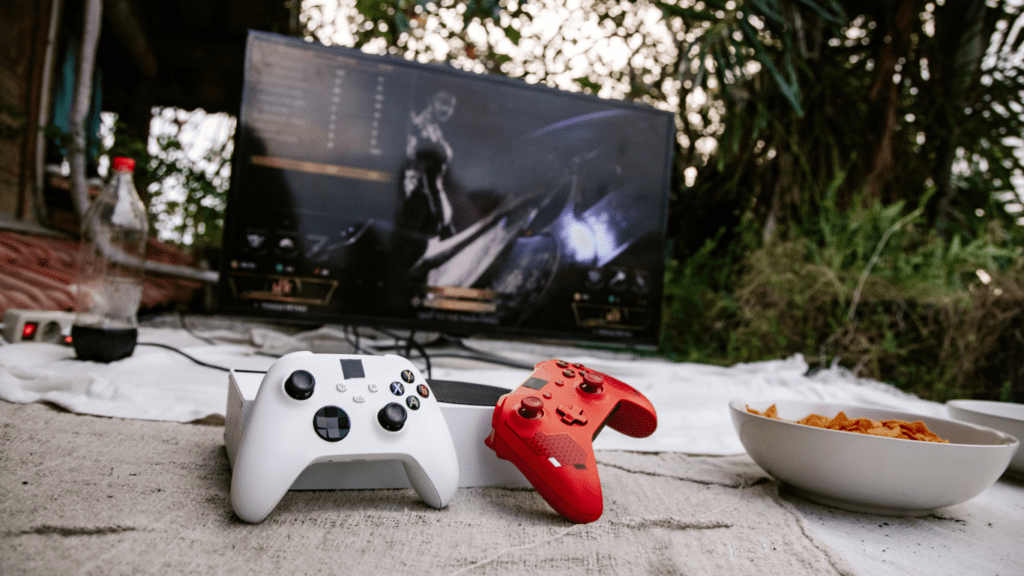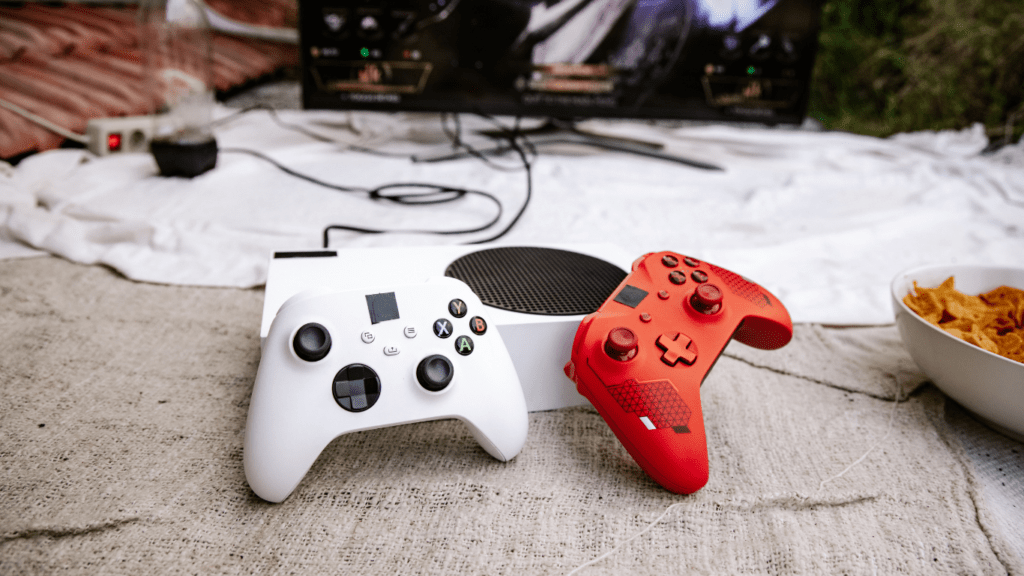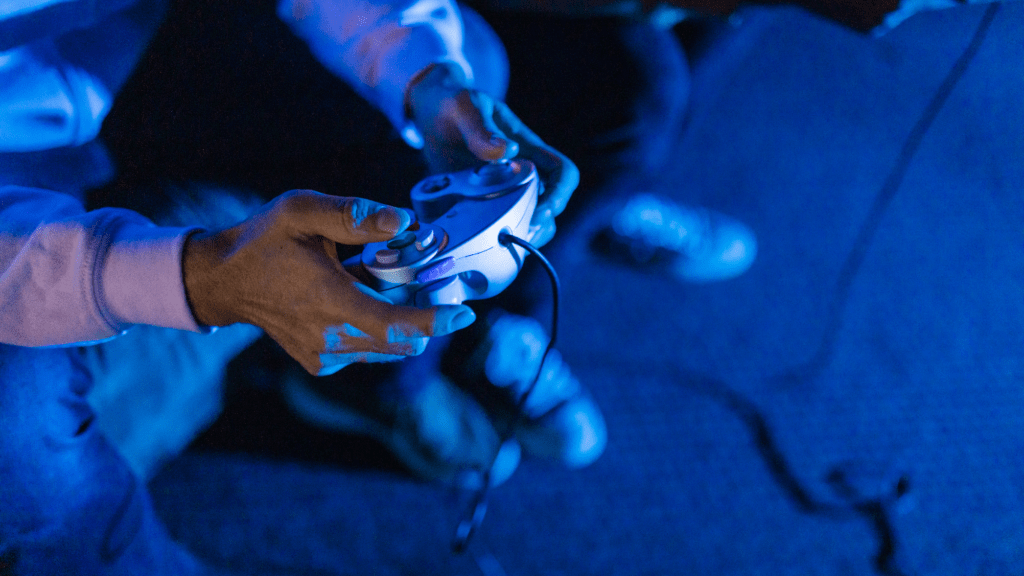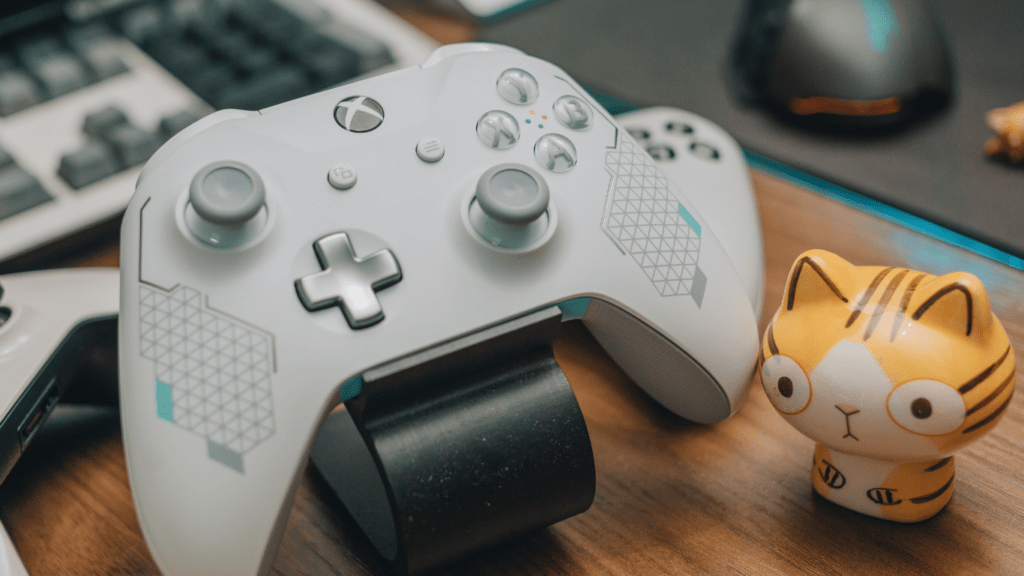As a passionate gamer, I’ve witnessed firsthand how the landscape of console gaming has been transformed by the concept of backward compatibility. It’s not just about playing the latest titles; it’s about revisiting beloved classics and experiencing the evolution of gaming history on modern platforms.
Backward compatibility has become a game-changer, allowing me to seamlessly switch between generations without missing a beat. With the rise of backward compatibility, consoles have become more than just machines; they’re time capsules that preserve the legacy of gaming.
The ability to access a library of games spanning multiple generations on a single device has redefined the way I interact with my favorite titles. In this article, I’ll delve into how backward compatibility is not just a feature but a fundamental aspect shaping the future of console gaming.
Evolution of Backward Compatibility in Console Gaming
Reflecting on the evolution of backward compatibility in console gaming reveals a significant transformation in how gamers enjoy their favorite titles across generations. What began as a convenience feature has become essential for modern consoles, enhancing the overall gaming experience.
Initially a way for players to enjoy older games on new systems, backward compatibility has evolved into a strategic tool for manufacturers. It helps retain existing players while attracting new audiences with vast libraries that span multiple generations, influencing purchasing decisions.
As console technology advances, implementing backward compatibility has become more complex. Developers face challenges in ensuring smooth performance for older titles on modern hardware, driving the need for sophisticated emulation and compatibility solutions.
This evolution has also fostered nostalgia among gamers, allowing them to relive cherished gaming moments. By providing access to a diverse range of titles, modern consoles serve as portals to a rich gaming history, blending old and new experiences.
Ultimately, backward compatibility has transformed from a mere convenience into a cornerstone of the gaming industry. By integrating classic games into modern ecosystems, console manufacturers create a bridge between generations, ensuring the past continues to inspire the future of gaming.
Benefits of Backward Compatibility
Preservation of Gaming Legacy
Preserving the rich tapestry of gaming history is one of the invaluable benefits of backward compatibility. By allowing players to revisit classic titles from previous console generations, this feature acts as a time machine, bridging the gap between the past and present of gaming.
It ensures that iconic games and their impact on the industry are not lost to time but instead continue to be celebrated and enjoyed by new generations of gamers.
Enhanced Player Experience
Backward compatibility significantly enhances the player experience by offering a vast and diverse library of games that spans across multiple generations. This feature allows gamers to enjoy a wide range of titles without the constraints of hardware compatibility, providing a seamless transition between old favorites and newly released games.
The ability to access a plethora of titles on a single console enhances convenience and versatility, catering to the varied preferences of modern gamers.
Impact on Game Developers
As a game developer, navigating the realm of backward compatibility presents unique challenges and considerations that significantly influence the development process.
Development Challenges and Considerations
Enhancing games for backward compatibility demands meticulous attention to detail to ensure seamless performance across a variety of console generations. Engaging in thorough testing procedures is vital to guarantee optimal gameplay experiences for players.
Focusing on resource optimization and efficient coding practices is essential when developing games with backward compatibility in mind. Balancing technical constraints while delivering high-quality gaming experiences remains a critical aspect of the development process.
Addressing the diversity of hardware configurations across different console generations requires adaptability and a deep understanding of legacy systems. Game developers must skillfully navigate these variations to create games that resonate with a broad audience.
Future Trends in Backward Compatibility
Exploring the trajectory of backward compatibility in console gaming unveils intriguing insights into the future trends shaping this essential feature. Embracing the evolution of gaming history through classic titles has set the stage for upcoming advancements in preserving and revitalizing gaming experiences.
- Enhanced Emulation Technologies: Advancements in emulation technologies are poised to revolutionize how backward compatibility operates. These technologies will enable consoles to seamlessly run older games with improved performance and visual fidelity, offering gamers an enhanced nostalgic experience.
- Cloud-Based Solutions: The integration of cloud-based solutions is set to expand the scope of backward compatibility. By leveraging cloud gaming services, players can access a vast library of legacy titles without the constraints of hardware limitations, ushering in a new era of gaming accessibility and convenience.
- Cross-Platform Compatibility: Future trends indicate a move towards cross-platform compatibility, allowing gamers to enjoy their favorite titles across different consoles and devices. This interoperability will break down barriers between gaming ecosystems, fostering a more inclusive and interconnected gaming community.
- AI-driven Upscaling and Optimization: The incorporation of AI-driven upscaling and optimization techniques will play a pivotal role in enhancing backward compatibility. By leveraging artificial intelligence, consoles can automatically enhance graphics, improve frame rates, and adjust gameplay mechanics to ensure a seamless experience across generations.
- Sustainable Development Practices: Console manufacturers and game developers are expected to adopt sustainable development practices to ensure long-term support for backward compatibility. This includes optimizing resource allocation, streamlining coding processes, and prioritizing compatibility testing to maintain a smooth transition between old and new titles.
Looking ahead, the future of backward compatibility in console gaming appears dynamic and promising, driven by technological innovation and a commitment to preserving gaming heritage while embracing the opportunities presented by evolving gaming landscapes.





